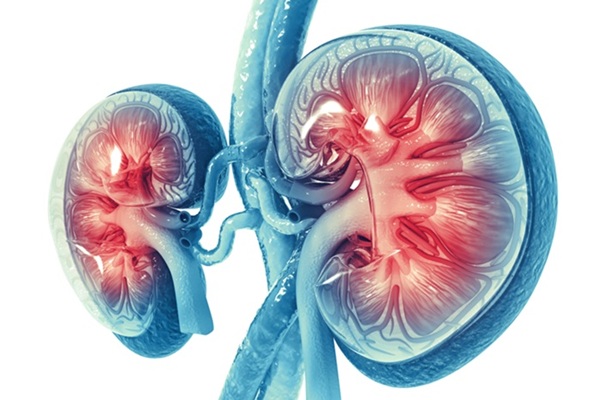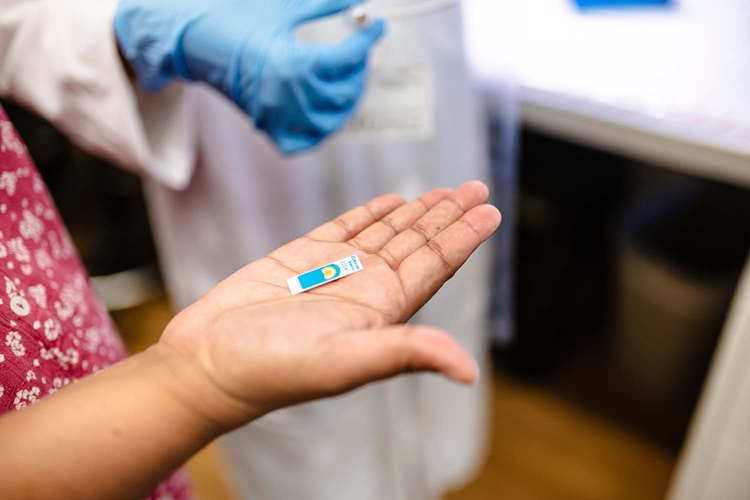Roche and BMS Collaborate on Digital Pathology Algorithms and Cancer Diagnostic Assays
|
By LabMedica International staff writers Posted on 28 Mar 2022 |
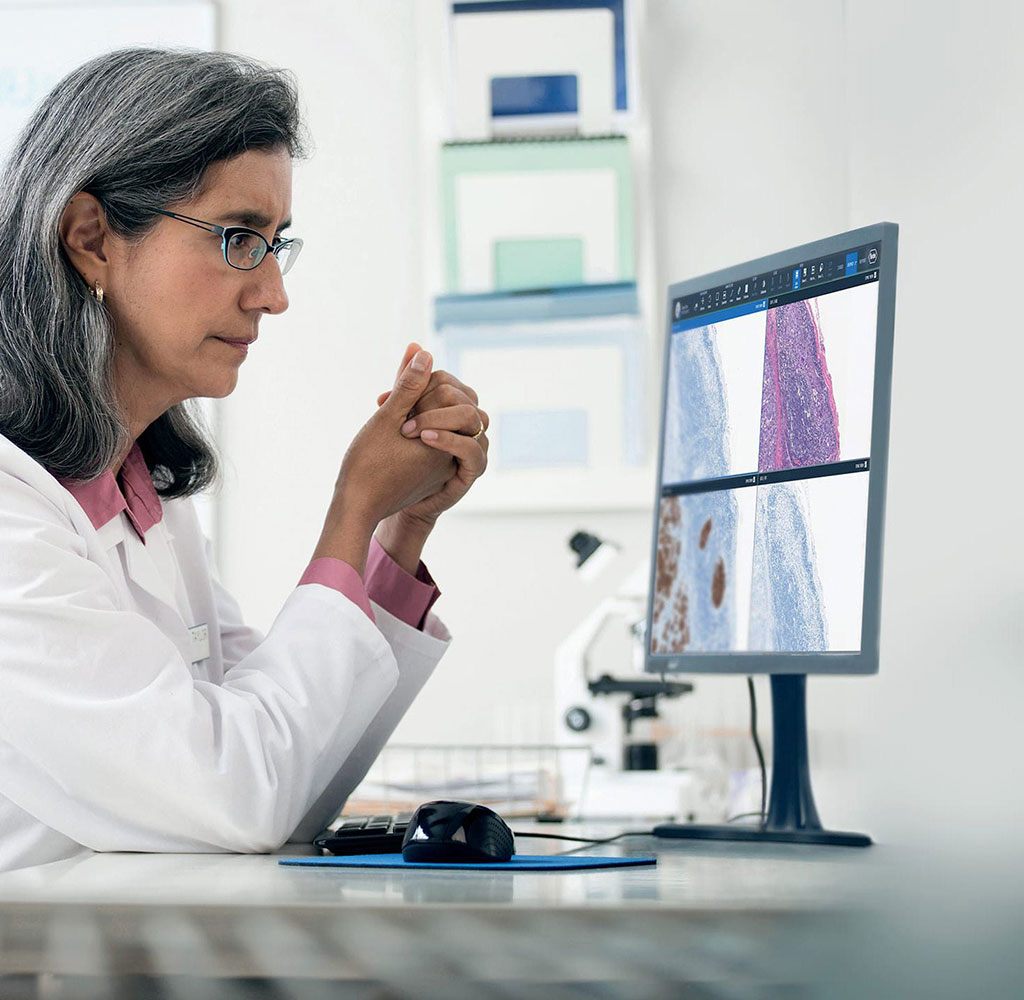
Advances in computation and artificial intelligence (AI) in digital pathology are showing promise to meet the demand for more accurate and comprehensive assessment of pathology results to enable improved patient outcomes. Whole slide imaging, combined with modern AI-based image analysis tools, have the potential to transform the practice of pathology. The use of AI and deep learning methods to interpret whole slide images in digital pathology enables pathologists to derive novel and meaningful diagnostic insights from tissue samples. AI-based image analysis automates quantitative tasks and enables fast, repeatable evaluation of information-rich tissue images that are sometimes difficult to interpret manually. AI-based image analysis uncovers aspects that are invisible to the human eye and reduces the risk of human error. Patients, whose tissue samples are analyzed using AI-based image analysis, can benefit from a faster and more accurate diagnosis. The insights gained from these analyses can help pathologists determine the best treatment option for cancer patients. Now, a new collaboration builds on commitment to advance personalized healthcare by helping to improve access to new treatment options for patients with solid tumors.
Roche (Basel, Switzerland) has entered into a collaboration with Bristol Myers Squibb (BMY, New York, NY, USA) to support the advancement of two assays for use in clinical trials with the development and deployment of two new digital pathology algorithms. Roche is delivering an end-to-end digital pathology solution from tissue staining to producing high-quality digital images that can be reliably assessed using automated clinical image analysis algorithms. Roche offers two deployment options for its uPath software: an on-premise solution and a cloud solution, marketed as NAVIFY Digital Pathology. The VENTANA DP 200 slide scanner and Roche uPath enterprise software are CE-IVD marked for in-vitro diagnostic use.
In the first project under this collaboration, Roche Digital Pathology is creating an AI-based image analysis algorithm to aid pathologists in interpreting the on-market VENTANA PD-L1 (SP142) Assay. BMY Squibb will use this algorithm to generate biomarker data from clinical trial samples. In the second project, Roche will leverage its recently announced Open Environment collaboration with PathAI to integrate a PathAI-developed algorithm for CD8 biomarker analysis into the NAVIFY Digital Pathology workflow software. The AI-powered algorithm will be used by BMY to analyze clinical trial samples that have been stained with Roche's CD8 assay and generate quantitative spatial biomarker data. Data from both projects will be used to aid in cancer diagnosis and to advance personalized healthcare treatment options, with the aim of improving outcomes for patients. Pathology imaging tools based on AI can help to support clinical trials in the investigation of targeted therapy options. Expanding access to these innovative imaging tools through the Roche Digital Pathology Open Environment can potentially enable more precise diagnoses, improved clinical decision-making and lead to more personalized treatment strategies.
"The Bristol Myers Squibb and PathAI collaborations are among the first examples where AI technology and digital pathology applications are playing a role in developing treatments for patients. By using our NAVIFY Digital platform to interpret tissue based assays and AI algorithms, pathologists are better able to identify targeted therapy options, ultimately improving patient care," said Jill German, Head of Roche Diagnostics Pathology Customer Area.
"We believe digital methods will bring significant improvements in standardisation and interpretation of tissue-based assays and will enable broader access to tissue based assays. The ability to more deeply interrogate images will present opportunities to better understand disease biology, potentially leading to expanded and improved drug development options and ultimately highly effective patient selection strategies," said Sarah Hersey, Vice President, Translational Sciences and Diagnostics, Bristol Myers Squibb. "We are pleased to be part of this collaboration that is using leading edge technology to enable improved patient outcomes."
Related Links:
Roche
Bristol Myers Squibb
Latest Industry News
- Abbott Acquires Cancer-Screening Company Exact Sciences
- Roche and Freenome Collaborate to Develop Cancer Screening Tests
- Co-Diagnostics Forms New Business Unit to Develop AI-Powered Diagnostics
- Qiagen Acquires Single-Cell Omics Firm Parse Biosciences
- Puritan Medical Products Showcasing Innovation at AMP2025 in Boston
- Advanced Instruments Merged Under Nova Biomedical Name
- Bio-Rad and Biodesix Partner to Develop Droplet Digital PCR High Complexity Assays
- Hologic to be Acquired by Blackstone and TPG
- Bio-Techne and Oxford Nanopore to Accelerate Development of Genetics Portfolio
- Terumo BCT and Hemex Health Collaborate to Improve Access to Testing for Hemoglobin Disorders
- Revvity and Sanofi Collaborate on Program to Revolutionize Early Detection of Type 1 Diabetes
- GSI Group Acquires Blood Processing Equipment Manufacturer GenesisBPS
- ELITech and Hitachi High-Tech to Develop Automated PCR Testing System for Infectious Diseases
- Lumiquick Acquires Aoxre to Expand Global IVD and Research Capabilities
- Lunit and Agilent Partner to Develop AI-Powered Cancer Diagnostics
- Qiagen and Oxford Gene Technology Partner on Sequencing Panel Interpretation
Channels
Clinical Chemistry
view channel
Chemical Imaging Probe Could Track and Treat Prostate Cancer
Prostate cancer remains a leading cause of illness and death among men, with many patients eventually developing resistance to standard hormone-blocking therapies. These drugs often lose effectiveness... Read more
Mismatch Between Two Common Kidney Function Tests Indicates Serious Health Problems
Creatinine has long been the standard for measuring kidney filtration, while cystatin C — a protein produced by all human cells — has been recommended as a complementary marker because it is influenced... Read moreMolecular Diagnostics
view channel
Simple Urine Test to Revolutionize Bladder Cancer Diagnosis and Treatment
Bladder cancer is one of the most common and deadly urological cancers and is marked by a high rate of recurrence. Diagnosis and follow-up still rely heavily on invasive cystoscopy or urine cytology, which... Read more
Blood Test to Enable Earlier and Simpler Detection of Liver Fibrosis
Persistent liver damage caused by alcohol misuse or viral infections can trigger liver fibrosis, a condition in which healthy tissue is gradually replaced by collagen fibers. Even after successful treatment... Read moreHematology
view channel
Platelet Activity Blood Test in Middle Age Could Identify Early Alzheimer’s Risk
Early detection of Alzheimer’s disease remains one of the biggest unmet needs in neurology, particularly because the biological changes underlying the disorder begin decades before memory symptoms appear.... Read more
Microvesicles Measurement Could Detect Vascular Injury in Sickle Cell Disease Patients
Assessing disease severity in sickle cell disease (SCD) remains challenging, especially when trying to predict hemolysis, vascular injury, and risk of complications such as vaso-occlusive crises.... Read more
ADLM’s New Coagulation Testing Guidance to Improve Care for Patients on Blood Thinners
Direct oral anticoagulants (DOACs) are one of the most common types of blood thinners. Patients take them to prevent a host of complications that could arise from blood clotting, including stroke, deep... Read moreImmunology
view channel
New Test Distinguishes Vaccine-Induced False Positives from Active HIV Infection
Since HIV was identified in 1983, more than 91 million people have contracted the virus, and over 44 million have died from related causes. Today, nearly 40 million individuals worldwide live with HIV-1,... Read more
Gene Signature Test Predicts Response to Key Breast Cancer Treatment
DK4/6 inhibitors paired with hormone therapy have become a cornerstone treatment for advanced HR+/HER2– breast cancer, slowing tumor growth by blocking key proteins that drive cell division.... Read more
Chip Captures Cancer Cells from Blood to Help Select Right Breast Cancer Treatment
Ductal carcinoma in situ (DCIS) accounts for about a quarter of all breast cancer cases and generally carries a good prognosis. This non-invasive form of the disease may or may not become life-threatening.... Read moreMicrobiology
view channel
Rapid Diagnostic Test Matches Gold Standard for Sepsis Detection
Sepsis kills 11 million people worldwide every year and generates massive healthcare costs. In the USA and Europe alone, sepsis accounts for USD 100 billion in annual hospitalization expenses.... Read moreRapid POC Tuberculosis Test Provides Results Within 15 Minutes
Tuberculosis remains one of the world’s deadliest infectious diseases, and reducing new cases depends on identifying individuals with latent infection before it progresses. Current diagnostic tools often... Read more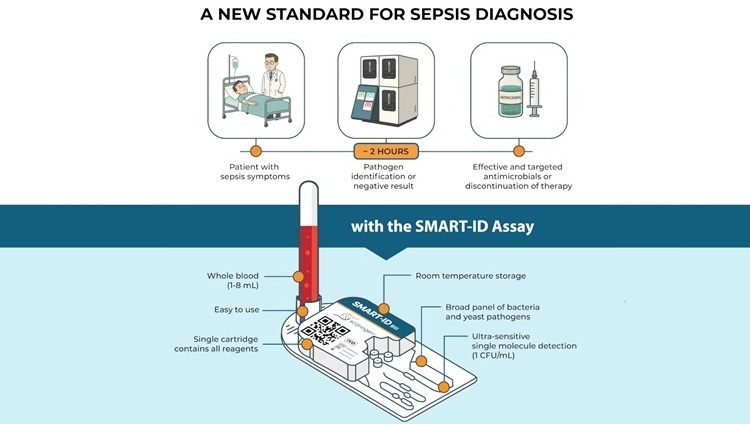
Rapid Assay Identifies Bloodstream Infection Pathogens Directly from Patient Samples
Bloodstream infections in sepsis progress quickly and demand rapid, precise diagnosis. Current blood-culture methods often take one to five days to identify the pathogen, leaving clinicians to treat blindly... Read morePathology
view channel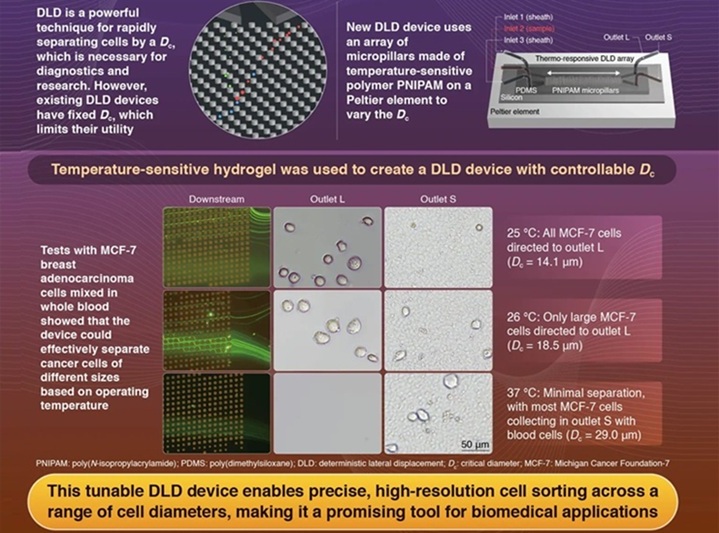
Tunable Cell-Sorting Device Holds Potential for Multiple Biomedical Applications
Isolating rare cancer cells from blood is essential for diagnosing metastasis and guiding treatment decisions, but remains technically challenging. Many existing techniques struggle to balance accuracy,... Read moreAI Tool Outperforms Doctors in Spotting Blood Cell Abnormalities
Diagnosing blood disorders depends on recognizing subtle abnormalities in cell size, shape, and structure, yet this process is slow, subjective, and requires years of expert training. Even specialists... Read moreTechnology
view channel
Artificial Intelligence Model Could Accelerate Rare Disease Diagnosis
Identifying which genetic variants actually cause disease remains one of the biggest challenges in genomic medicine. Each person carries tens of thousands of DNA changes, yet only a few meaningfully alter... Read more












